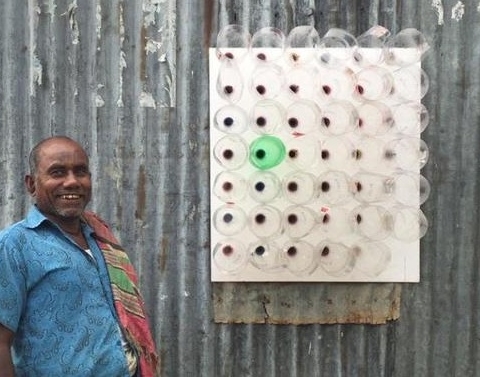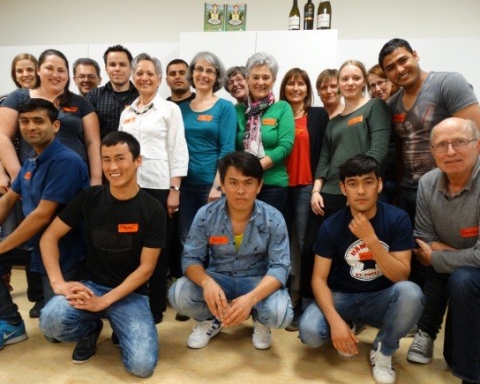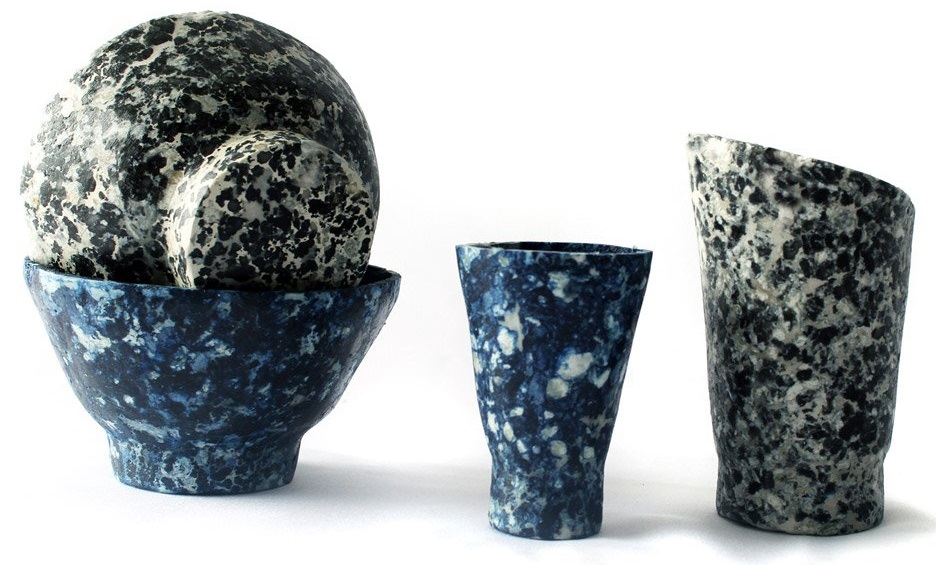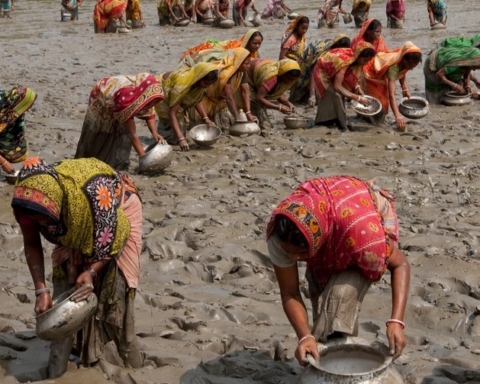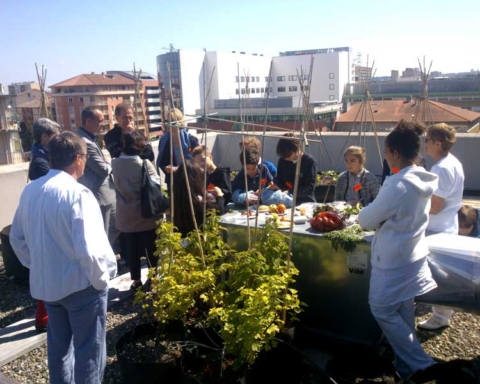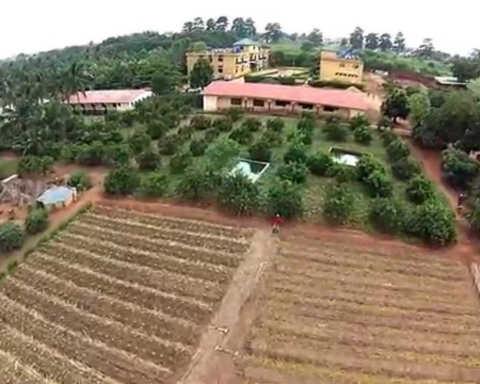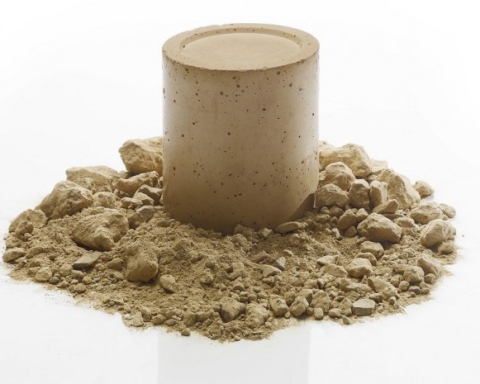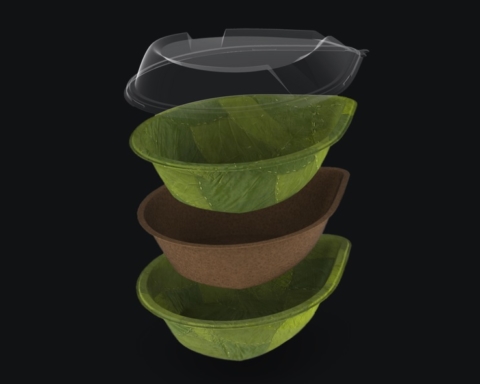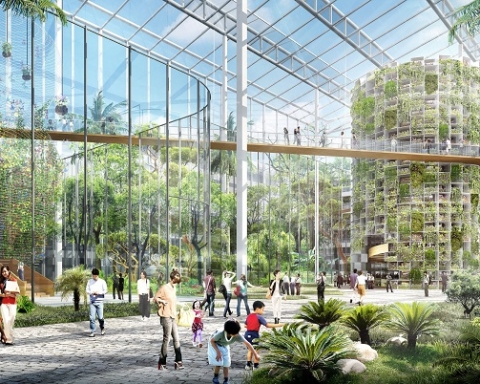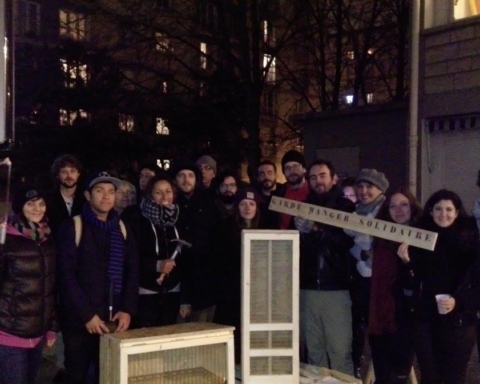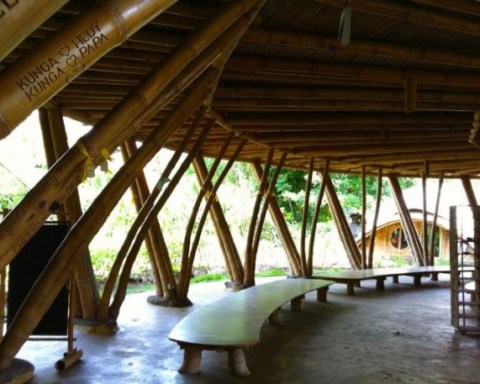Tessa Silva-Dawson, a design student at the Royal College of Art in London, is using cow’s milk to create a natural alternative to plastic. A product that does not use non-renewable sources and has the same performance as “bad” plastic, the one we are used to and which we produce from fossil fuels.
For his “Protein” project, the student used the waste milk of a Sussex cheesecake that throws away almost three thousand litres of skimmed milk each week, a waste due to market quotas and market demands. From this product, the production process of bio plastics resembles that of dairy production: the milk is heated and it is separated from the whey curd. Subsequently, the curd is dried with the aid of industrial machinery and finally mixed with a natural plasticizer.
“It is a growing product if you think about how the price of milk has fallen below that of bottled water,” Silva-Dawson
“It is a protein-derived material derived from the casein – from skimmed milk,” Tessa Silva-Dawson explains. This product was created commercially for the first time in the early 1900s, as an alternative to precious but rare materials such as turtle and ivory. “My material is an evolution, as processes and formulas vary considerably from those used in time. The plastic I am creating is biodegradable and not blended with artificial plasticizers. ”
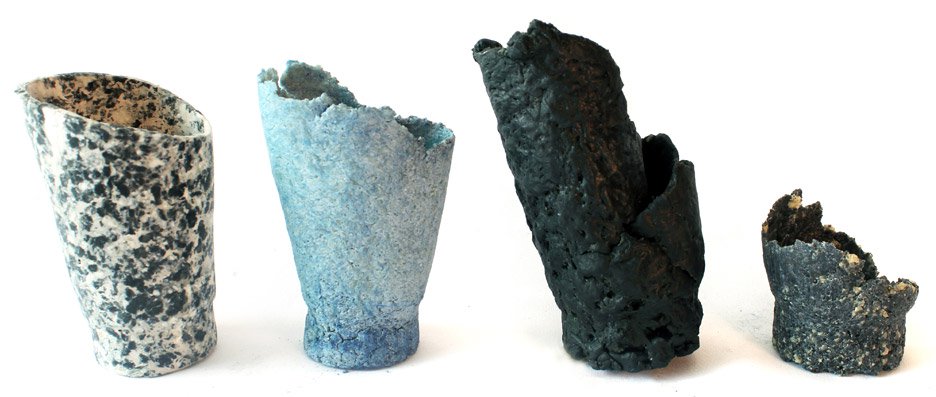 At the end of the process, the result is a ductile ball, usable in the same way as synthetic plastics: it can be cut, moulded, printed, exactly as it has been done so far. Even like wood, carve it with a lathe. There is a substantial difference between a product obtained from organic animal materials and other materials. Once pigments and dyes are added, any effect can be obtained and surface finishing is treated with wax.
At the end of the process, the result is a ductile ball, usable in the same way as synthetic plastics: it can be cut, moulded, printed, exactly as it has been done so far. Even like wood, carve it with a lathe. There is a substantial difference between a product obtained from organic animal materials and other materials. Once pigments and dyes are added, any effect can be obtained and surface finishing is treated with wax.
The final product is applicable both in large and small distribution. The designer is still studying what can be the best uses for the new material. “It is a growing product if you think about how the price of milk has fallen below that of bottled water,” Silva-Dawson explains. Tessa Silva-Dawson is proposing to apply this matter to non-food products and hope that this could promote the dairy industry. “In addition, skim milk is wasted in large quantities because of the separation process to make butter and cream. With this project, milk production does not increase massively, but it is proposed to use a commonly wasted and widely available material,” Tessa Silva-Dawson concluded.
Unused synthetic plastic is a growing environmental issue that is hostile to marine life, prompting designers to put forward solutions. From the suggestions we have an edible water bottle made from algae to swimwear made from plastics from the ocean.



